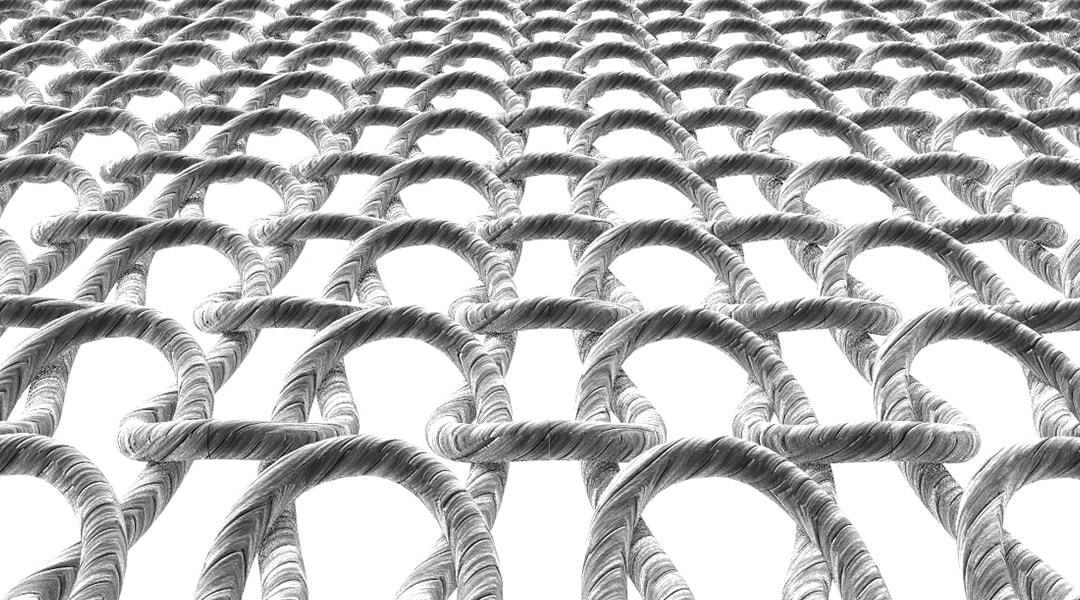#11
Long-life fabric gains new meaning as wearable tech promotes wellbeing for an aging world
Technologies associated with “performance fabrics” are advancing all the time, meaning a step up in quality of life and health for everyone – from athletes to seniors

We know about smart watches that track heartbeat and distance – but what if you could pull on a snug shirt that is, itself, a hyper-responsive sensor, whose very threads capture and transmit complex data about your health?
That’s not a vision of the future but a present-day reality that promises to enhance life for all kinds of people, from athletes to convalescing patients to seniors embracing new challenges.
It’s part of a revolution in wearable technology – including smart clothing, augmented-reality glasses and robotic exoskeletons – that holds important implications for improving health and quality of life as we age. According to the United Nations, the number of people over 60 is expected to double by 2050 to more than two billion worldwide, and to triple in 2100.
That means new solutions for monitoring health and advising people on staying fit will play a vital role in ensuring that babies born today will lead enriching lives as they enter the 22nd century.
“While we already see the impact wearable technologies have made to date, they will have an even greater impact in work, play and everyday life in the future,” says Albert Titus, professor and chair of biomedical engineering at the University at Buffalo, in the US. “The biggest impact will be in the maintenance of health and wellness, and as assistive devices for people of all ages.”
Fabric of life
Toray’s hitoe™ is an innovative fabric – for use in sportswear or everyday wear – that gathers biosignals emitted unconsciously from the body, and monitors heart performance and physical stress, among other information.
The fabric essentially becomes a vast sensor that collects electrocardiogram data, such as heart rate and electromyographic signals (electrical activity produced by skeletal muscle) to help athletes, hospital patients and others to avoid injury and improve mobility.
The material has the look and feel of ordinary athletic wear, yet there’s far more to it than meets the eye. The hitoe™`s secret is a unique nano-fiber more than 100 times thinner than a human hair. These ultra-fine polyester threads are turned into a tightly-woven knit embedded with conductive polymers – molecular compounds that conduct electricity – capable of conveying bio-signals to devices via an embedded chip. The data can then be monitored by medical doctors and nurses.
Ordinary micro-fiber textiles leave large gaps between threads when infused with conductive polymers. That causes the polymers to detach easily after the fabric is worn or washed. The hitoe™`s nano-fiber knit anchors the polymers in the microscopic spaces between the threads, so they stay in place even after repeat wear and washing – and pick up bio-signals even if the wearer is sweating.
One of the advantages of knitting with nano-fiber? A soft touch. It lets people forget they’re wearing something that’s watching over their health.
Touch flannel
Google is pursuing a different strategy in life-enhancing smart fabrics. Its Project Jacquard allows wearers to manipulate smartphones and tablets with a brush of the sleeve or tap of the lapel.
The Jacquard fabric is made of yarns that braid copper wire with natural fibers, which are then dyed, finished and woven to create the look and feel of normal yarn.
One of the key objectives is to create attractive fabrics that come in “multiple colors and materials, such as wool, cotton, polyester and silk.” Here, too, looks can be deceptive. The material’s floating yarns are fastened to small electrical interfaces called interposers, which can then be connected to devices and transmit the intentions of the wearer to their smartphone.
The textile structure, Jacquard’s developers say in a research paper, “is similar to that of multitouch capacitive panels used in tablets and mobile phones.” Essentially it turns the fabric into a soft and flexible touch panel – allowing people on the move to get directions, crank up the volume or answer and dismiss calls.
And the technology is not limited to things you wear; the developers envisage using it in, among other things, teddy bears, sofas and car interiors.
Cyborg solutions
Yet another advance in wearable technology is helping the disabled to walk, the elderly to live independently and factory workers to boost productivity. Japan’s Cyberdyne has invented a robotic exoskeleton, called HAL, that picks up brain signals to move the bionic limbs according to the user’s wishes. It’s among a host of technologies allowing people with disabilities to achieve hitherto impossible dreams, such as smart glasses from British firm Oxsight that allow visually impaired people to see, and Vibrotextile technology that allows deaf people to experience music.
Cyberdyne’s HAL exoskeleton detects bio-electric signals that rise to the skin when the brain instructs muscles to move, causing HAL – an acronym for “hybrid assistive limb” – to lift in synch with the user’s lower body, or walk in tandem with the wearer’s legs. In Japan’s rapidly aging society, where 20 percent of the population is now 70 or older, HAL is a powerful tool in elderly care. It helps care-givers lift patients and enables seniors in everyday tasks, such as getting in and out of the bath.
“As wearables improve in functionality and hopefully usability,” says Buffalo University’s Titus, “They will improve the quality of healthcare provided to people who may not be as mobile.”



